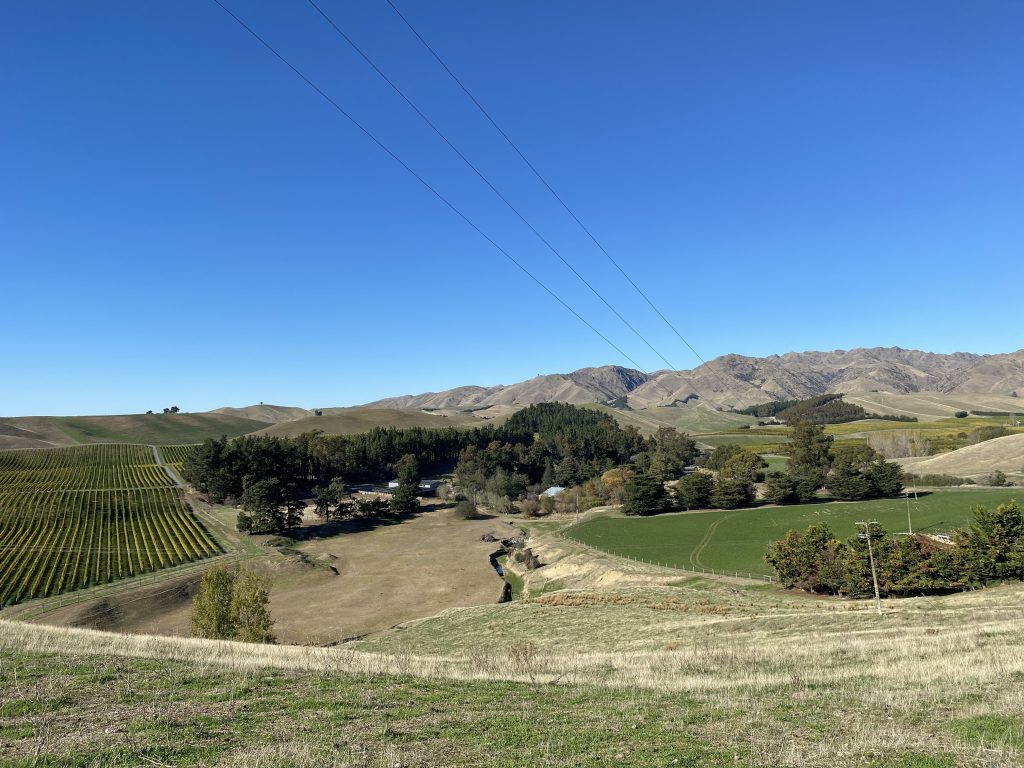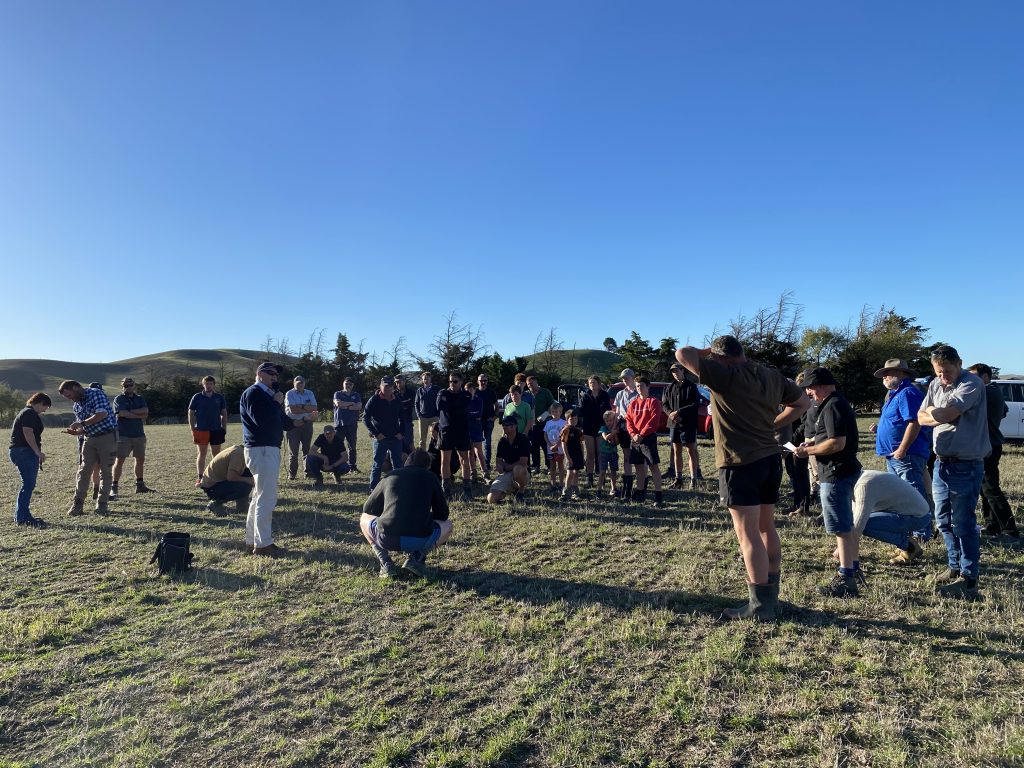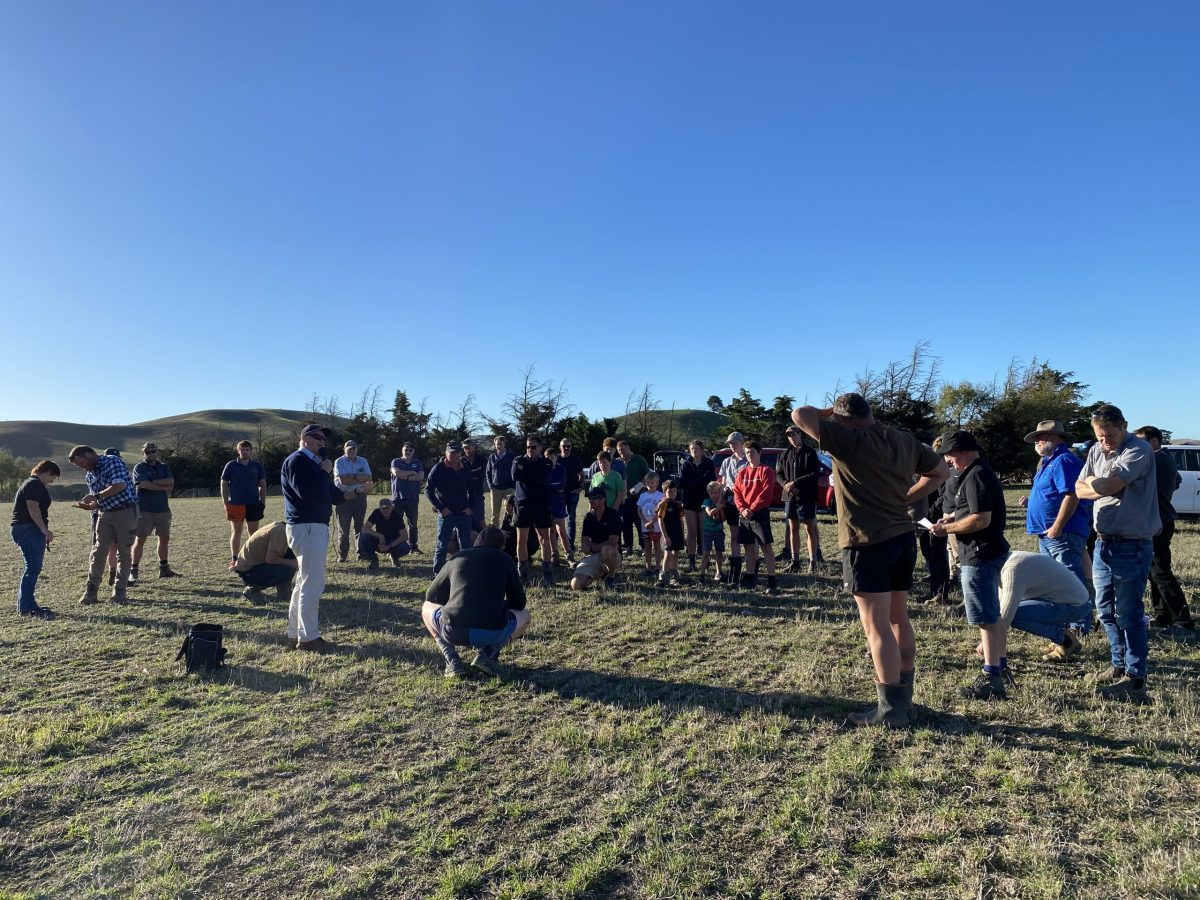Note: this post was initially scheduled for posting on 19/04/2024, but was delayed due to website maintenance.
Prof Moot was in Marlborough mid-April discussing how to make the most of the 50-60 mm of rain that broke the drought their last weekend. His list of do’s and don’ts was delivered in the woolshed and in the field where sub clover was bursting into life after a long hot dry period. He explained that the soil surface temperature through the dry period would have been well over 40 °C and this aids the break down of the hard seed to germinate thousands of sub clover seedlings from the seed bank. Managing them now to ensure survival into spring means letting them develop 3-4 trifoliate leaves and anchor themselves in the ground. So no grazing until this occurs. That was also his message for the pastures – keep feeding out on sacrifice paddocks until the canopy has recovered and the plants are capturing as much sunshine as possible. He also noted that mineralisation will have meant there is plenty of nitrogen in the soil to grow the recovering pasture for the next month (to mid-May). Having a closed canopy through winter is important because it maximises the highest quality pasture that you will grow all year. Prof Kenyon from Massey was also in attendance and explained how important quality feed is, particularly in the last month of pregnancy. Annual forages such as Italian ryegrass, or forage barley can still be grown to assist this. Doug Avery commented that even in the dry this year the Omaka barley, drilled on 15th February after a summer fallow on Bonavaree, had needed a grazing in the last couple of weeks (early April) and will recover to provide high quality feed in late winter.
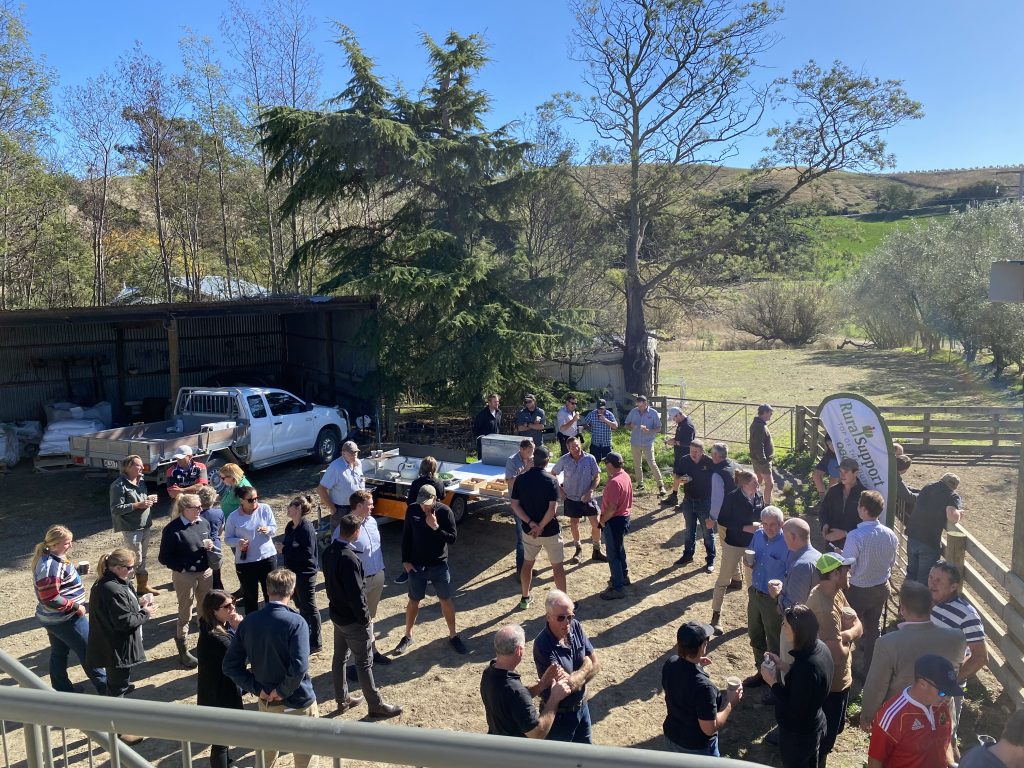
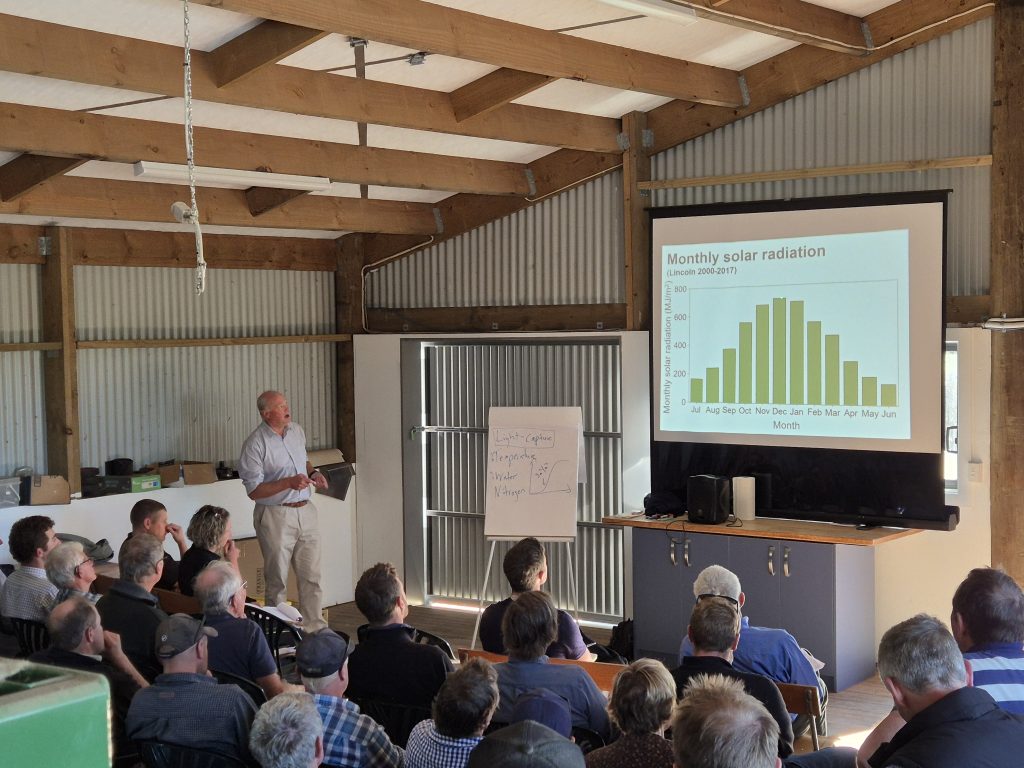
The rain had lifted the spirits of the local community because it is still early enough to grow about 900 kg DM/ha over the next month (~17 kg DM/mm of rainfall). The general sentiment was this had been a long dry because spring was also dry in these parts – summer brassica crops had failed because there was no spring rain but most farmers had gotten through the season with lucerne, sub clover and a renewed focus on using cocksfoot at the main pasture grass. Prof Moot noted brassicas often fail in the dry and perennial ryegrass is not suited to hot dry conditions. He suggested more farmers need learn to love the cocksfoot/sub clover combination as their most effective permanent pasture. Overall, he had the impression that the lessons of past years had been learnt and summer dry was being dealt with more effectively than a decade or two ago! Thoughts were already turning to early discussion of La Niña and the idea that next spring might be wetter. Regardless of what the season throws at them Prof Moot was confident their system resilience has increased and the knowledge to thrive in the summer sun is being handed down the generations … and where possible also being bottled into fine wine. He commended Islay Farm for hosting the field day – because such events are where experience is shared, new ideas flourish…..and the seeds for potential new applied research projects are sown.
